
Richard Boistad – Resolve Model
Assisting someone to change successfully involves a strategy; an organised sequence of internal representations and external actions performed by the person assisting. We have described this helping sequence in terms of a simple seven stage model, using the acronym RESOLVE. Truly successful NLP Practitioners, the ones who actually deliver the personal transformations promised by NLP advertising, have more than just a set of techniques. Either consciously or unconsciously, they have developed a map of the process of change which is meta to the individual change processes. The 7 stages of our model are:
Resourceful state for the Practitioner
Establish rapport
Specify outcome
Open up model of world
Leading to desired state
Verify change
Ecological exit
Resourceful state for the Practitioner
The Aim of This Stage: The NLP Practitioner will begin the session confident of their ability to embody the presuppositions of NLP, and clear about their role in relation to the client.
In the 1960s and 1970s, counselling developers Robert Carkhuff and Bernard Berenson published a number of research studies showing that helping interactions tend to influence clients either for better or for worse. They identified a number of measures of successful human functioning, and showed that helpers who function well on these dimensions are able to assist others to function well on these dimensions too. Helpers who function poorly on these dimensions actually influence clients to deteriorate in their functioning! (Carkhuff and Berenson, 1977, p 5, p 35). Carkhuff and Berenson likened most psychotherapists to professional lifeguards with extensive training in rowing a boat, throwing a ring buoy, and giving artificial respiration, but without the ability to swim. “They cannot save another because, given the same circumstances, they could not save themselves.”
Effective NLP consultants have used NLP processes to access resourceful states themselves, so they convey congruently to clients that change is possible. They anchor themselves into positive states of curiosity, fun and creativity when they work with clients. They build rapport without getting caught in the same patterns their clients are accessing. They also have the following understandings and attitudes:
- The Map is Not The Territory. The client’s map of how events happen is only a map; and so is the NLP map used by the consultant.
- “Resistance” to suggestions simply indicates the need for more adequate rapport building, and for designing suggestions which pace the client’s world more fully.
- Peoples actions are always motivated by a positive intention simply to meet their needs, as a system, as they identify those needs at the time. Their actions are based on the best choices available to them at the time, and expanding their choices can enhance their future actions.
- People already have the resources they need, and the role of the consultant is to help them access these resources and apply them where they are needed.
- Human beings are systems, where change in one part affects the whole. All change work needs to consider the ecological results on their body, psychological life, spiritual life and social life.
- All results, both “positive” and “negative”, are useful feedback to adjust your next communication based on.
- Change is easy. It’s not “changing” that takes time, it’s “not-changing” that takes time.
- The expectations of the consultant profoundly affect what is possible for the client.
In their search for a term not tainted by the expectations of “counsellor” and “psychotherapist”, Carkhuff and Berenson (1977) used the term “helper”. We tend to use the terms consultant and NLP Practitioner. A consultant in a business context is hired to suggest strategies to enable their client to meet the client’s goals. There are several implications to this arrangement, which we consider appropriate to the NLP setting:
- The consultant has some expertise in the area they recommend changes, as well as some expertise in co-operating with clients.
- The consultant needs to be “hired” either formally or informally. That is, they offer their expertise in response to a request. They are not just a person who enjoys interfering in others lives.
- The consultant elicits, clarifies and works towards the client’s goals, not their own goals.
- The client is in charge of their own business. They are responsible for actioning all the consultants suggestions, or not. Without this action, the consultant’s work is recognised to be of little significance.
- The consultant is paid for their work. They are expected to use time efficiently, particularly if they are paid an hourly rate.
- The consultant is in charge of the process of consulting; the client is in charge of the content of their business.
- Consultants operate with certain explicit professional guidelines, such as confidentiality, and avoidance of double relationships (eg sexual relationship) with clients. In return they expect their clients to operate with some guidelines such as turning up to arranged meetings on time.
Another essential quality which successful NLP Practitioners bring to their work is one that is rarely mentioned. It is love. In this book we will present many, many skills, and many, many theories. In the end though, love is more important than having all these skills and theories. Virginia Satir once said “The ability to give and receive love is as important to the soul as inhaling and exhaling air is to the body.” (Satir and Baldwin, 1983, p 168). Love cannot be faked therapeutically; our clients are far too perceptive for that to work. Love is not merely rapport, though effective rapport is an expression of love. Love is not merely the ability to focus on positive aspects of a client’s exploration, though that too is an expression of love. Love is more than just an attitude, more than just a strategy or a metaprogram. It is not adequately expressed in any of the research on psychotherapy or change, because it cannot be so simply measured. And yet it is there, every time someone assists someone else to heal.
Establish Rapport
The Aim of This Stage: Rapport will be established so that non-verbal and verbal leading can occur.
The developers of NLP noted that the chances of a helper being able to lead someone to change their strategy were increased by the helper elegantly joining the person’s reality first. “When you join someone else’s reality by pacing them, that gives you rapport and trust, and puts you in a position to utilise their reality in ways that change it.” (Bandler and Grinder, 1979, p 81). For example, one of the set of strategies that often help create anxiety is to make scary internal visual images. If I talk with the visually anxious person about what they can see as they sit beside me, there is an increased chance that when I gradually shift my comments to talk more about kinesthetic relaxation, the person will follow this lead into the new strategy of relaxation (Yapko, 1981). Examination of films and videotapes of therapy sessions and other conversations by communication researchers (Ivey et alia, 1996, p 60; Condon 1982, p 53-76; Hatfield et alia 1994) now confirms the significance of what researchers call “interactional synchrony” or “movement complementarity”. This same process is variously referred to in the NLP literature (eg Bolstad and Hamblett, 1998, p 68-72) as “non-verbal matching”, “pacing” or “rapport skills”.
What are these non-verbal rapport skills? NLP developers propose that when conversation flows smoothly, people breathe in time with each other, and co-ordinate their body movements as well as their voice tonality and speed. The more this matching of behaviour happens, the more the other person gets a sense of shared understanding and at-one-ness or “rapport”. Also, the more this matching happens, the more the other person will be open to useful suggestions, and adopt the emotional responses of the helper or therapist. All learning and change depends on this willingness of the client to be open to new responses.
William Condon has meticulously studied videotapes of conversations, confirming these patterns. He found that in a successful conversation, movements such as a smile or a head nod are matched by the other person within 1/15 of a second. Within minutes of beginning the conversation, the volume, pitch and speech rate (number of sounds per minute) of the peoples voices match each other. This is correlated with a synchronising of the type and rate of breathing. Even general body posture is adjusted over the conversation so that the people appear to match or mirror each other. Elaine Hatfield, John Cacioppo and Richard Rapson, in their book Emotional Contagion, show that matching another person’s behaviour in these detailed ways results in the transfer of emotional states from one person to another. If I feel happy, and you match my breathing, voice, gestures and smiles, you will begin to feel the same emotional state. This is the source of empathy, and also of much therapeutic change.
What does this mean for us as consultants? Firstly, it means that we benefit from developing the skills of breathing in time with clients, adjusting our voice tonality to match theirs, and adjusting our posture and gestures to match theirs. Secondly, it emphasises the importance, once the sense of rapport has been established, of having the flexibility to gradually shift back to a healthy and resourceful style of breathing, speaking and acting. The purpose of getting in rapport with our clients is to then assist them to move towards their goals; a process called in NLP “pacing and leading”.
By revealing the nonverbal basis of rapport, NLP has been able to add considerably to the skills which a helper uses to convey empathy. Research identifying the effectiveness of verbal pacing (reflective listening; restating what the person said) first emerged in 1950, and a summary of the 50 years of continuing evidence for this core helping skill is presented by Allen Bergin and Sol Garfield (1994) in their Handbook of Psychotherapy. Building rapport in NLP terms also includes pacing the person’s core metaprograms and values as these are revealed. Clients have been shown, for example, to prefer a counsellor whose word use matches their own representational system (visual, auditory, kinesthetic or auditory digital) by a ratio of three to one! (Brockman, 1980). Building rapport is also enhanced by the use of “artfully vague” language (ie use of the NLP Milton model patterns), and a study by Darrell Hischke showed positive effects from both representational system matching and nonspecific language. Chunking up verbally to generalised descriptions is the structure of agreement.
Examples of language structures used while establishing rapport: “So what happened for you was…”, “Sounds like you really want…”, “Can I check; the way you see it…”
SPECIFY Outcome
The Aim of This Stage: At least one sensory specific, ecological outcome will be set for this session.
Once rapport is established, chunking down to detailed plans becomes very significant. The use of vague language is part of the system by which many clients maintain their problem. For example, Thomas Macroy (1998) found that when family communication was analysed in terms of the NLP metamodel, those families who were most dissatisfied were also using the most deletions, distortions and generalisations in their language (especially deletions). Research on the Solution Focused Therapy model (a model closely allied with NLP) confirms that clients improve after questions from their helper which focus on what outcome the client has. Also, the amount of discussion of solutions and outcomes in the first session is strongly correlated to the chances that the client will continue with the change process (Miller et alia, 1996, p 259). William Miller has done an overview of the research into successful psychotherapy, in which he identifies that enabling the client to set their own goal for therapy significantly increases their commitment to therapy and enhances the results (Miller, 1985).
There are two steps to this process. The first (Sorting Outcomes) involves identifying one or more outcomes from the array of problem based information the client presents. This sorting process includes asking solution-focused questions to shift their sorting from problems to solutions. It also includes checking which outcomes will be easiest or most significant to deal with first in this session.
The second step involves checking out each individual outcome in terms of the NLP model for wellformed outcomes. We have detailed this check using the acronym SPECIFY. While not all the aspects of this SPECIFY model need actively questioning in each case, the Practitioner has this model in mind as they assess the outcome being set. By identifying the first step the person would take to change, and by inviting them to access relevant resourceful states, the NLP Practitioner is also beginning the process of change. Setting an outcome is not something we do before helping someone change. Setting an outcome and changing are better viewed as two aspects of the same system.
Examples of language structures used when SPECIFYing an outcome:
Sorting Outcomes. “What has to be different as a result of you talking to me?”, “How will you know that this problem is solved?”, “What is this problem an example of… What other examples are there of this larger issue?”, “Which of these issues will, when you solve it, let you know that all the others can be solved?”, “Which of these will be the easiest for you to change first?”, “When is a time that you noticed this problem wasn’t quite as bad?… What was happening at that time? What were you doing different?”,
Sensory Specific. “What specifically will you see/hear/feel when you have this outcome?”
Positive Language. “If you don’t have the old problem, what is it that you will have?”
Ecological. “What else will change when you have this outcome?”, “What situations do you want this outcome in and what situations do you not want it to affect?”
Choice increases with this outcome. “Does this outcome increase your choices?”
Initiated by Self. “What do you personally need to do to achieve this?”
First step identified and achievable. “What is your first step?”
Your Resources Identified. “What resources do you have to achieve this outcome?”
Open up Client’s Model of the World
The Aim of This Stage: The client will discover how they generated the old strategy and experience themselves as capable of generating a new, more useful strategy.
More of the “art” of NLP happens at this stage in consulting than at any other. The one core factor in the client’s “personality” that reliably predicts how well they will respond to the change process is whether they experience themselves as having an internal locus of control. Clients who believe that they are in charge of their own responses (“At cause”, to use the NLP jargon) do far better in numerous research studies with a variety of different models of therapy (Miller et alia, 1996, p 319, 325). Furthermore, research shows that this sense of being in control is not a stable “quality” that some clients have and others do not; it varies over the course of their interaction with the helper. Successful therapy has been shown to result first in a shift in the “locus of control”, and then in the desired success (Miller et alia, 1996, p 326). In their study of NLP Psychotherapy, Martina Genser-Medlitsch and Peter Sch(?)tz in Vienna (1997) found that NLP clients scored higher than controls in their perception of themselves as in control of their lives (with a difference at 10% significance level).
Dealing first with this meta-level change, dramatically increases your chances of enabling someone to change. There are three steps to putting someone “at cause” with their situation. These are
- demonstrating the general possibility of change,
- demonstrating the specific possibility of changing the client’s current problem, and
- demonstrating the possibility of using a selected, specific change technique to change that problem.
The first step is to give a concrete physical demonstration of change happening easily, and quickly as a result of changing internal representations. For example, we have every client do a visualisation exercise near the start of their session. They turn around and point behind them with their arm, and then come back to the front. Next they imagine themselves going further, and notice what they would see, feel and say to themselves if their body was more flexible and they could turn around further. Then they turn around again and notice how much further they can go, instantly and without any extra effort (Bolstad and Hamblett, 1998, p 81).
The second step is to access, elicit and alter the person’s problem strategy:
- Pre-test
Tad James (1995, p 28) emphasised that the process of helping someone change (like all strategies) involves a test before the change intervention and a related test after the intervention. We ask, “When you think about it now, can you get back enough of a sense of that problem so you’d know if that changed?” Until they can, it would be risky to go on. After all, how will they know whether they’ve succeeded? Of course, some people say they only get the problem in a certain situation. We tend to say, with an air of conviction “Okay, lets go there now!”. Once we have a pre-tested response from this comment, we can easier check what’s different later on, in our post-test. - Do a standard NLP strategy elicitation
We say “Wow! That’s impressive. How do you do that? How do you know it’s time to start?…” These questions presuppose that the client “does” something. By answering them, the client has established that if a change process didn’t work, it’s because they are still “doing” the old behaviour well enough to get the problem. The whole stage of opening up the person’s model of the world is a process of reframing, of meta-level change preparing for the simple shifting of the strategies which happens next. The vast array of choices available for reframing in NLP are catalogued by L. Michael Hall and Bob Bodenhamer in their book Mind Lines (1997). A skilled NLP consultant generates a number of these “strategy loosening” patterns at this stage. - Have the person dissociate from and experimentally alter the strategy
Working with Susan, a woman who experiences panic when her family are late home, Richard Bandler says (1984, p.9) “Let’s say I had to fill in for you for a day. So one of the parts of my job would be if somebody was late I’d have to have the panic for you. What do I do inside my head in order to have the panic?” Susan replies “You start telling yourself sentences like …” and Richard interrupts “I’ve got to talk to myself”. She continues “…so and so is late, look they’re not here. That means that they may never come.” Playfully, Bandler asks “Do I say this in a casual tone of voice?” This pattern has been modelled by Tad James and called The Logical Levels of Therapy. James points out that in doing this, Bandler has achieved, by linguistic presupposition, a number of shifts:- Susan agrees that she causes the panic: she is “at cause”.
- Susan agrees that it takes a specific strategy to do so.
- Susan agrees she is expert enough to teach Bandler how to do it.
- Susan describes the process in second person, as if someone else does it.
- Susan, in order to answer Bandler’s last question above, has to consider what would happen if she ran her strategy differently to the way she usually does.
The third step is to pre-frame the specific change techniques identified as useful by the consultant. This includes answering the question “How does this technique relate to my problem and my outcome?”, and the question “Does this technique work?”. Stories of other clients who have benefited from the change technique are an elegant way to answer both questions, as well as rehearsing the client through the process.
Examples of language structures used when opening up the client’s model of the world:
“When you think about it now, can you get the feeling, so you’d know if that changed?”
“How do you do that? How do you know it’s time to start?…”
“If I was going to do that for you, how would I do that?”
“If I did it slightly differently [give an example of this], would it still work?”
“So would it be okay to change that now?”
“Here’s how we can alter that. Does that sound useful?”
“A client I had last week wanted to… I used a technique where we…”
Leading to desired state
The Aim of This Stage: The client will change their strategy or strategies, enabling them to reach their outcome.
By this stage, the NLP Practitioner has elicited the client’s key physiology styles, metaprograms and values (while establishing rapport), their outcomes, their resources (while setting an outcome) and their old strategy for the problem. This provides an excellent base from which to select formal NLP change processes. The three variables which are relevant when choosing change techniques are:
- The consultant. You will of course choose change processes which you are familiar with, and can facilitate congruently. This means that consultants choose change processes which they enjoy themselves!
- How the client frames the problem and the desired outcome. A client with a phobia who says they need to get some “distance” on their anxiety is almost pointing at the phobia cure page in your manual (the NLP phobia cure teaches the person’s brain to distance itself or “dissociate” visually from disturbing memories). A client who says “On the one hand… and on the other hand…” is already half way through a visual squash or parts integration process (NLP processes in which two conflicting “parts” of the personality are fused into one).
- The client. We are all aware that some people find that anchoring works really well for them, while others prefer submodality processes. Some people can fix anything as long as they use the NLP model called Time Line Therapy‒2 (James and Woodsmall, 1988), while others don’t feel right unless they do a parts integration. There is a structure behind these preferences, and we call this structure the Personal Strengths model. Some NLP techniques require the ability to chunk up, some the ability to chunk down. Some techniques require the ability to associate into experiences, some the ability to dissociate. Our clients have varying strengths in relation to these skills; strengths that they also demonstrate in generating their “problems”. This model is discussed more fully later.
Verify change
The Aim of This Stage: The person will consciously identify that change has occurred.
Solution focused therapists have studied the difference in the way they ask about the results of change processes when the client returns to the next session. In studies replicated several times, they have found that if they ask questions which imply the possibility of failure (eg “Did the change process work?”) they get a different result than if they ask questions which presuppose success (eg “How did that change things?”). When asked a question that presupposes change, 60% of clients will report success. If the question presupposes failure, 67% will report that their situation is the same as it was before (Miller et alia, 1996, p 255-256).
One way to presuppose change is to ask the person to notice what else has changed, or even what else they want to change next. We may say: “A lot of people go away and only check for results with the things we were intending to change. In fact, when one aspect of your life changes, several other aspects tend to change, and it’s a good idea to find out just what has happened. So over the next week I’d like you to notice what else has changed in your life as a result of this process.” This has the added advantage of directing the person’s attention away from experimentally deconstructing their change.
Many times we have seen a client tell us that “nothing has changed” one minute, and then report that they have actually achieved every goal they set for our time together. What causes the shift? Our willingness not to assume that their memory of events is reality, but instead to ask persistently, firstly…”So what has changed in your life (or in your experience of the situation that was a problem)? No matter how small the changes seem at first, what is different?”, and then secondly, to genuinely congratulate them – “Wow, that’s great. How did you do that?” and then thirdly, to keep asking “And what else has changed?” These three questions come from the Ericksonian school of Solution Focused Therapy (Chevalier, 1995). In asking them, we’re coaching the client to sort for solutions. This is the key strategy in Solution Focused Therapy, a method which has 75% of clients achieve their goals in as little as four one-hour sessions.
Milton Erickson emphasised that change is an unconscious process, and that the conscious mind needs re-assuring that change has occurred. He says (Erickson and Rossi, 1979, p 10) “Many patients readily recognise and admit changes they have experienced. Others with less introspective ability need the therapist’s help in evaluating the changes that have taken place. A recognition and appreciation of the trance work is necessary, lest the patient’s old negative attitudes disrupt and destroy the new therapeutic responses that are still in a fragile state of development”. Here Erickson refers to pacing a client’s strategy for being convinced. In a similar fashion, in NLP terms, a client may need to be convinced by checking for the change only one, a number of times, or over a period of time. They may even have a “consistent convincer” and never be fully convinced about anything. If they have a period of time convincer, the consultant can ask them to go out into the future, past that time, and enjoy the changes. If they have a consistent convincer, the consultant may choose to reframe this, eg by saying “Since you know you’ll never be completely sure this has changed, you might as well accept it now.”
Examples of language structures used to verify change:
“Remember that problem you used to have. Try and do it now and notice what has changed.”
“Try again, and find out how much you’ve really changed now!”
“Notice what else is different as a result of this change you’ve made.”
“What do you want to change next?”
“So what changes have happened since we started; big or small?”
Ecological exit
The Aim of This Stage: Anchor the changes to the actual situations where the client needs to access them.
A number of studies have led helpers to recognise the importance of futurepacing the changes their clients initiate (having the client imagine themselves back in their actual life using their new skills). This process functions both to check out the appropriateness of their plans, the “ecology” in NLP terms, and also to install the expectation of success in the person’s future (Mann et alia, 1989; Marlatt and Gordon, 1985). Allen Ivey and others have their clients write a “future diary” of their success a year into the future. Alan Marlatt has clients step into the future and fully consider what might make them change their mind about their changes, and then has them plan to prevent that. Both approaches have been shown to deliver far more robust change than parallel programs which skip this futurepacing stage. Of course, if any undesirable consequences of the change are detected at this stage, the process shifts back to clarifying outcomes.
Examples of language structures used in futurepacing:
“Think of a time in the future, when in the past you would have had that old problem, and notice how it’s changed now.”
“So as you think of the future, is it okay for that to be changed in this way now?”
“Is there any way you could you stop yourself automatically using the solution to your problem?” (If they say, “I can’t; say “I guess you’re stuck with the solution then”)
Using the RESOLVE Model
In summary, the RESOLVE model sequences a number of key tasks which research has suggested are an important part of effective changework. These tasks are:
Resourceful state for the Practitioner
- Adopt the presuppositions of NLP
- Negotiate a consulting relationship
- Anchor self into a resourceful state
- Cultivate a quality of love
Establish rapport
- Pace client non-verbally
- Pace client’s sensory system use and other metaprograms
- Use generalised language
- Verbally pace client’s dilemma
Specify outcome
- Reframe problems as outcomes
- Sort outcomes
- Ensure outcomes are sensory specific, and ecological
- Identify resource states and exceptions to the problem
Open up model of world
- Demonstrate the possibility of change (eg pointing exercise)
- Pretest the problem strategy
- Elicit the strategy
- Reframe person as “at cause”
- Have the person dissociate from and experimentally alter the strategy
- Demonstrate the specific change techniques (Pre-frame change techniques)
Leading to desired state
- Select change process based on consultant skills, client skills, client’s outcome.
- Run change processes
Verify change
- Ask questions presupposing change
- Use client’s convincer strategy
Ecological exit
- Futurepace change
- Check for ecology issues
- Futurepace past any “relapses”
At the end of our NLP Practitioner course, we have our Practitioners run through some full sessions using RESOLVE on issues for which the client has no particular intervention in mind. We also have them take challenging sessions from their experience and review them using the RESOLVE model to identify important choice points and generate more options, in a peer supervision format. That’s a way you could use the model right now, to expand your awareness of its usefulness. RESOLVE suggests a logical sequence in a reality which may be neither logical nor sequential. There are four ways your actual NLP session could well seem different to the map.

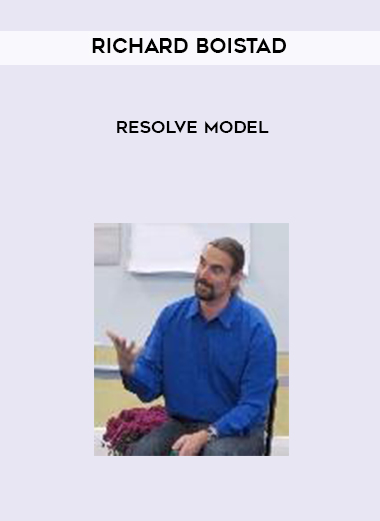

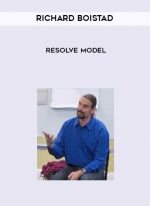
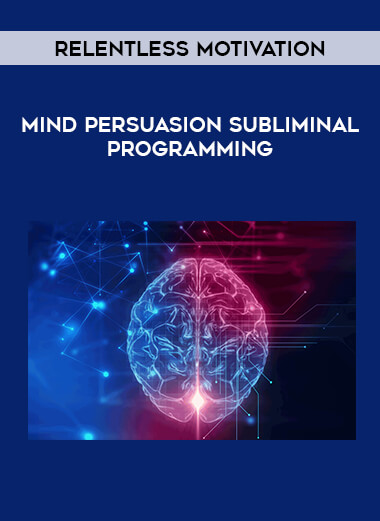
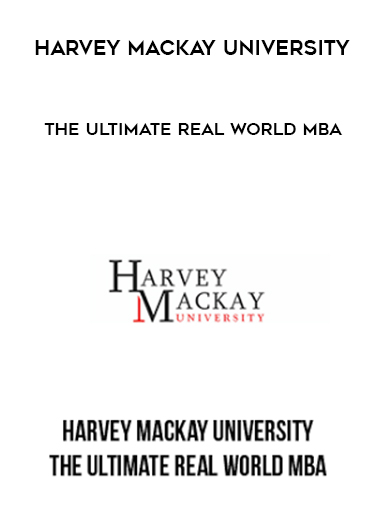



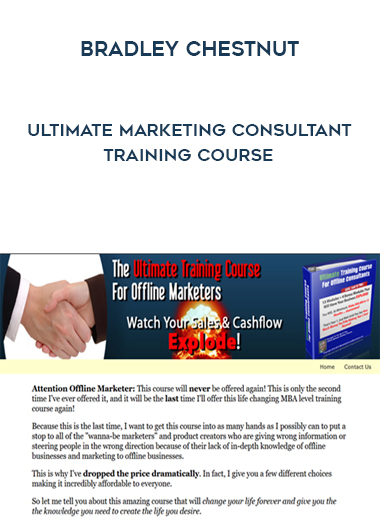


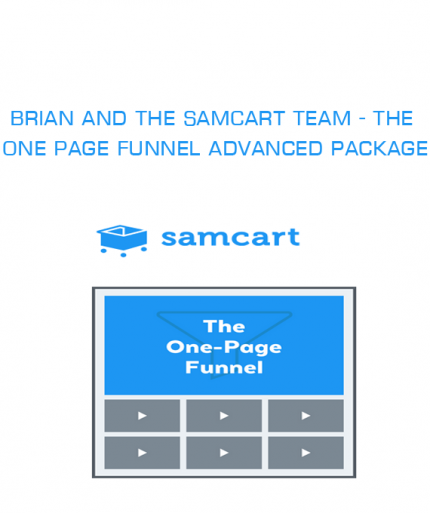

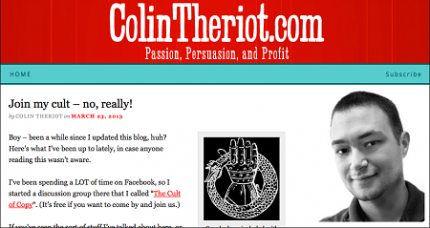
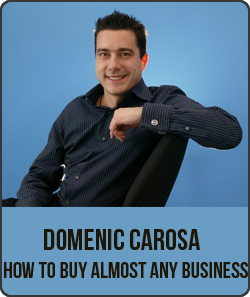



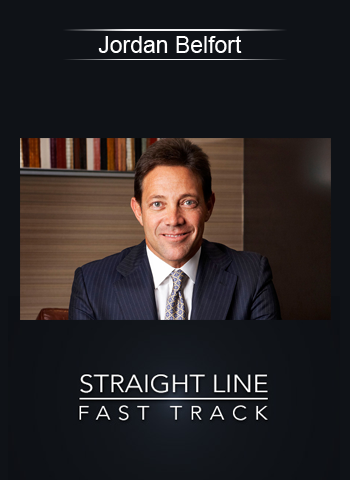



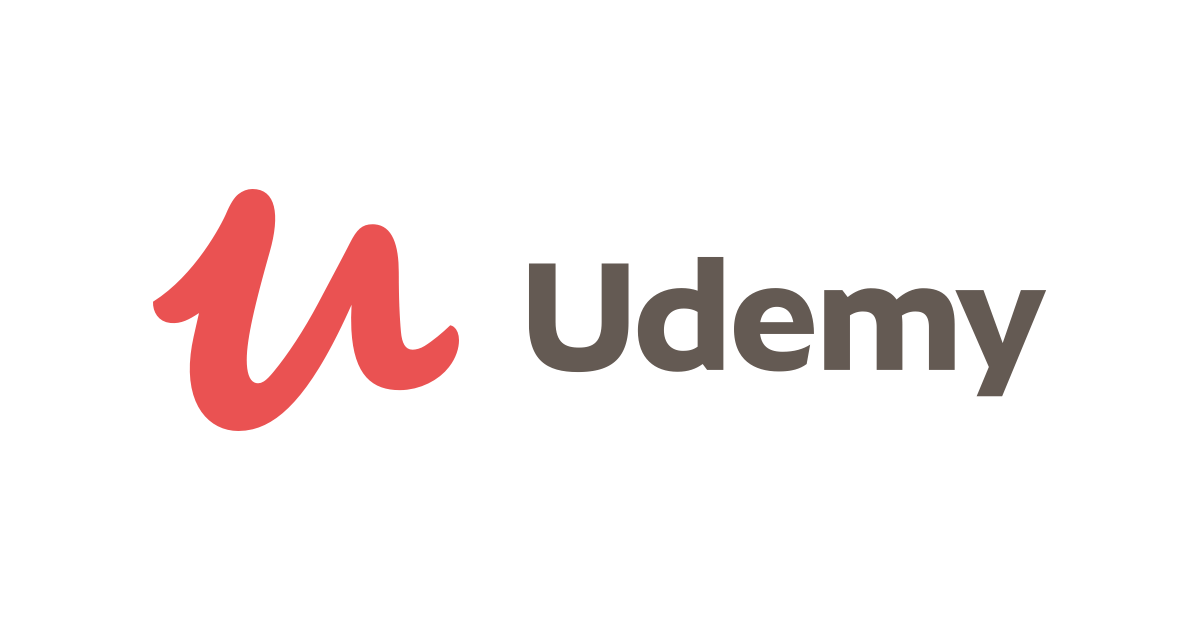

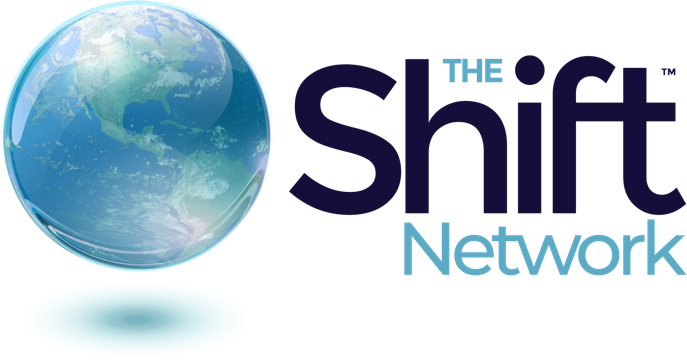







Reviews
There are no reviews yet.